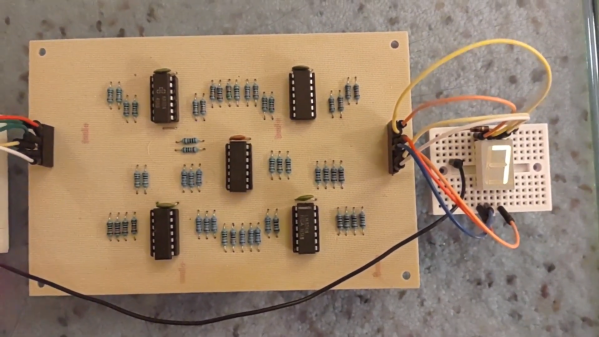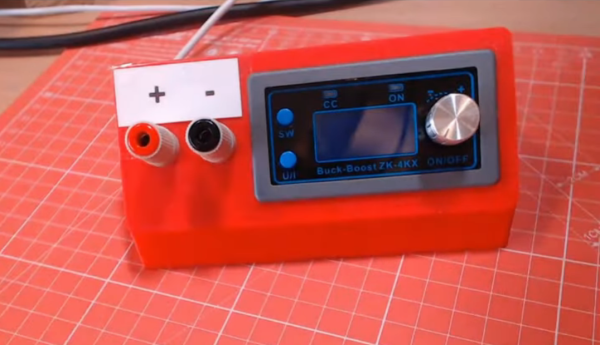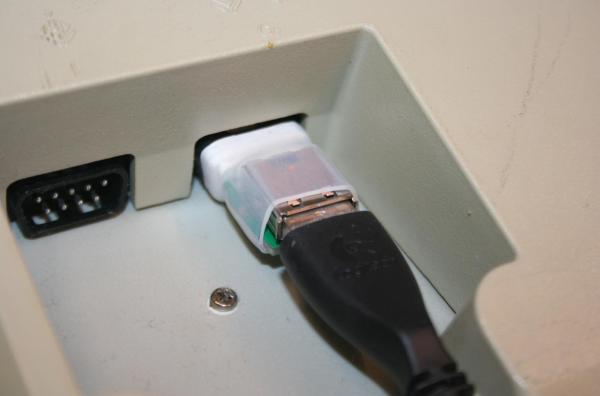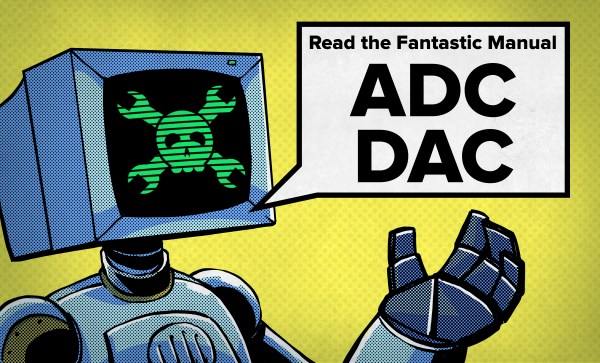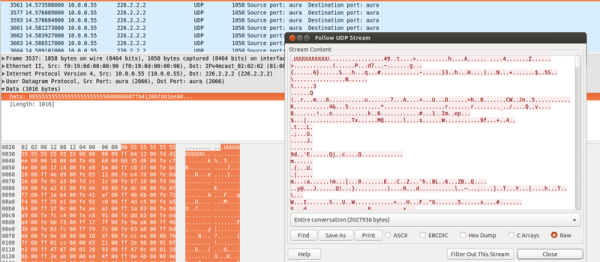As Hackaday writers we don’t always know what our colleagues are working on until publication time, so we all look forward to seeing what other writers come up with. This week it was [Al Williams] with “Things Your TV No Longer Needs“, a range of gadgets from the analogue TV era, now consigned to the history books. On the bench here is a device that might have joined them, so in taking a look at it now it’s by way of an addendum to Al’s piece.
When VHF Was Not Enough
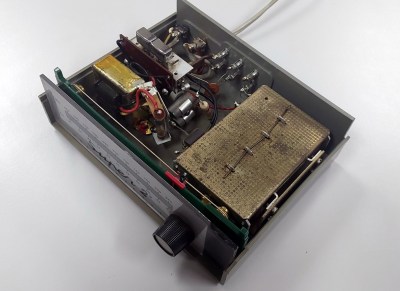 In a Dutch second-had store while on my hacker camp travels this summer, I noticed a small grey box. It was mine for the princely sum of five euros, because while I’d never seen one before I was able to guess exactly what it was. The “Super 2” weighing down my backpack was a UHF converter, a set-top box from before set-top boxes, and dating from the moment around five or six decades ago when that country expanded its TV broadcast network to include the UHF bands. If your TV was VHF it couldn’t receive the new channels, and this box was the answer to connecting your UHF antenna to that old TV.
In a Dutch second-had store while on my hacker camp travels this summer, I noticed a small grey box. It was mine for the princely sum of five euros, because while I’d never seen one before I was able to guess exactly what it was. The “Super 2” weighing down my backpack was a UHF converter, a set-top box from before set-top boxes, and dating from the moment around five or six decades ago when that country expanded its TV broadcast network to include the UHF bands. If your TV was VHF it couldn’t receive the new channels, and this box was the answer to connecting your UHF antenna to that old TV.
It’s a relatively small plastic case about the size of a chunky paperback book, on the front of which is a tuning knob and scale in channels and MHz, on the top of which are a couple of buttons for VHF and UHF, and on the back are a set of balanced connectors for antennas and TV set. It’s mains powered, so there’s a mains lead with an older version of the ubiquitous European mains plug. Surprisingly it comes open with a couple of large coin screws on the underside, so it’s time to take a look inside. Continue reading “Retrotechtacular: Another Thing Your TV No Longer Needs”



